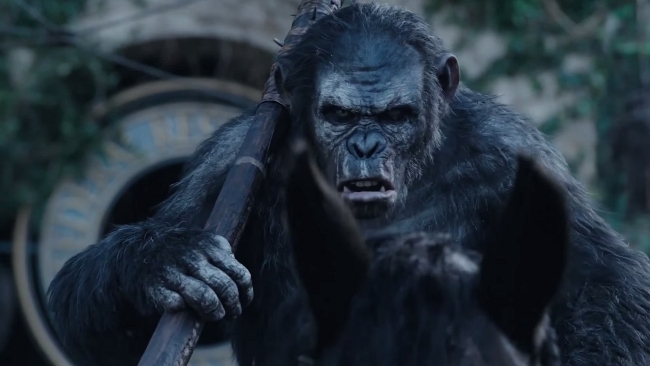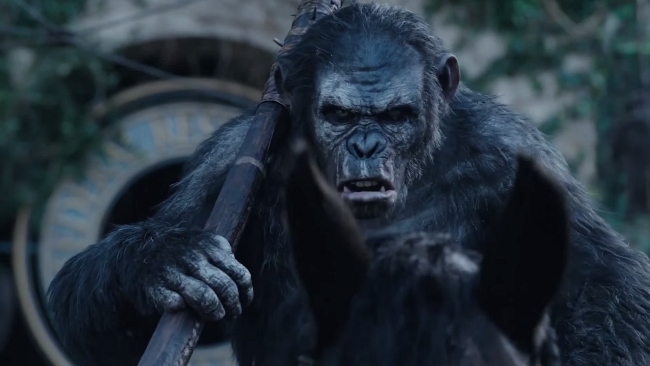
 Dawn of the Planet of the Apes
Dawn of the Planet of the Apes
Dawn of the Planet of the Apes has stupendous motion capture and CGI. It wouldn't have been possible without either of these techniques. But does this mean that you can make better films with better technology?
No, of course not. You need talent (in writers and actors and artists) to make good films. But I do think that sometimes technology enables new types of films to be made.
CGI has been coming on in leaps and bounds for three decades now. Some of it - Transformers springs to mind - just makes it easier to make so-so films. But very much the same sort of technology means that films that would have previously been impossible to make can now come to life on the big screen.
I'm aways wary about saying that a film couldn't be made without technology. After all, think about radio. Without the need for visuals, anything can be done on this audio-only medium. But for artists and writers with a strong visual leaning, radio isn't going to be enough.
Being in control of the shooting environment means that it's easier to make imaginary worlds than in real-life. You have control over lighting, scenery, costumes, and of course the actors. But there are still limits to what you can do, especially if you want to portray aliens, or other species (and have them talk and act!).
You can spend all day talking about the most significant milestones in cinema history. It's always going to be a matter of opinion, but there are objective achievements, whether it's a matter of scale or specific problems that are solved by new CGI technology.
A very significant film
Dawn of the Planet of the Apes is, I think, a very significant film. Not least because it's even better than its predecessor, Rise of the Planet of the Apes, which was itself outstanding.
For probably the first time in Rise, accurate facial modelling of an Ape was combined with convincing motion capture to create an utterly credible simian character that was as much involved in the narrative as the humans.
In Dawn, this achievement is multiplied by a thousand times, literally, as a whole forest-full of apes is brought into being, with all the strength, subtlety and nuances of a human society, except this time it is utterly and convincingly an ape one.
For the first time, motion capture is brought into the wild, as the apes swing through a real forest and ride real horses. They way they interact with themselves and the humans is very nearly flawless. The illusion is so good that you forget (or never even realise) that you are watching computer graphics.
In this sense, the film well and truly crosses the Uncanny Valley, although you could argue that this challenge normally applies to humans. It's true that we don't have an accurate mental picture of how apes talk to humans, so the barrier is perhaps lower, but even so, the ape characters in Dawn are so convincing that even if this achievement has to be given its own category, it is still a triumph.
At the micro level, some of the realism comes from the smaller-but-still-significant achievements in CGI. For example, fur is always difficult to animate, and wet hair is, well, impossible. But much of the moodiness of Rise comes from the rain-filled forest scenes and - of course - absolutely superb wet hair.
I saw this in a recently updated cinema equipped with Dolby Atmos - a stupendous surround system that completely immerses you in audio. It's very loud, very precise, and very exciting. The film was shot with an ARRI Alexa M in a dual-camera 3ality stereoscopic rig (apart from the apes, of course!).
It's hard to know where to start with this film. A great story, fantastic action scenes, wonderful characters, and a triumph of storytelling over raw technology. Well done to Director Matt Reeves, Cinematographer Michael Seresin, and the cast, including Gary Oldman, Andy Sirkis and Keri Russell. And of course to all the CGI and motion capture artists and technicians who managed to make this film a reality.
(Thanks to www.shotonwhat.com for the camera information)
Tags: Technology


Comments